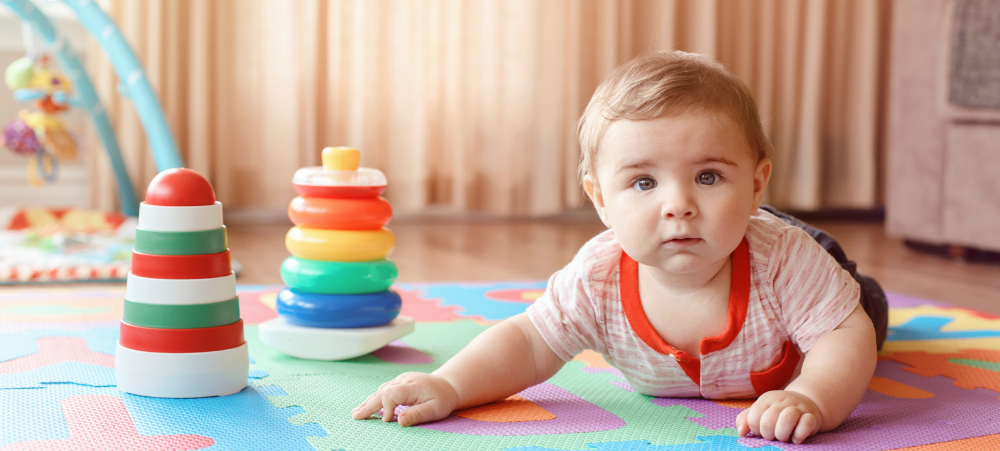
7 WAYS TO SOOTH YOUR BABY’S UPSET TUMMY
Affinity Health, a leading provider of high-quality health cover, explores seven ways to soothe your baby’s upset tummy. One of the most common concerns for new parents revolves around their baby’s digestion. Tummy upsets can lead to prolonged crying, sleepless nights, and considerable distress for both baby and parent. Understanding Your Baby’s Delicate Tummy A baby’s digestive system is still in its developmental stage, making it susceptible to upsets. Even simple factors like a new food, or trapped air can disrupt their tiny tummies. While crying is a natural way for babies to communicate discomfort, understanding and addressing the root cause is pivotal for lasting relief. Common Causes Of Upset Tummies In Babies Upset tummies in babies can stem from a variety of causes. Common culprits include: Colic, often characterised by prolonged crying sessions with an unknown cause. Gas, which can accumulate when babies swallow air during crying, feeding, or sucking on pacifiers. Gastroesophageal reflux, where stomach contents return to the oesophagus, leading to frequent spitting up. Intolerance or allergies to specific proteins in formula or breast milk. Lastly, infections in the digestive system, such as viral gastroenteritis. 7 Ways to Alleviate Tummy Troubles While persistent stomach issues should prompt a visit to a paediatrician for a proper diagnosis and care, if your baby experiences occasional tummy upsets, try these at-home solutions: Gentle massage: Gently massaging the baby’s stomach in a clockwise motion can help release trapped gas and soothe cramps. Using a soft touch and ensuring your hands are warm can make this technique even more effective. Warm bath: A warm bath can relax your baby’s muscles, aiding in the expulsion of gas and easing discomfort. Always test the water’s temperature with your elbow or wrist to ensure it’s suitable for your baby’s delicate skin. Bicycle legs: Lay your baby on their back and gently move their legs in a cycling motion. This exercise can help release trapped gas and stimulate bowel movement. Burping: Ensure you burp your baby after every feeding session. Holding your baby upright and gently patting their back can help release any trapped air swallowed during feeding. Probiotic drops: Certain probiotics are designed specifically for infants to promote a healthier gut flora, which can potentially alleviate symptoms of colic and gas. However, always consult with a paediatrician before introducing any new supplements. Check your diet: For breastfeeding mothers, what you consume can impact your baby’s digestion. It might be helpful to monitor and adjust your diet, eliminating potential irritants like dairy or caffeine, to see if it makes a difference Use a pacifier: Sucking on a pacifier can help relax and soothe a distressed baby. However, if breastfeeding, ensure it doesn’t interfere with your baby’s feeding routine.































